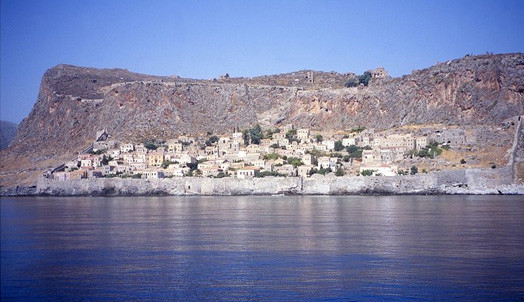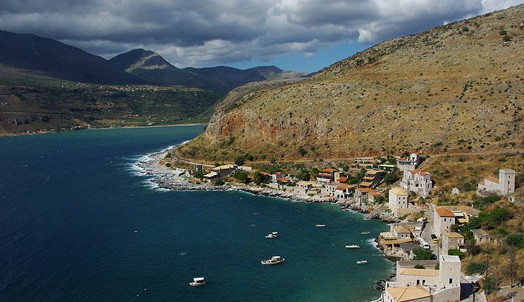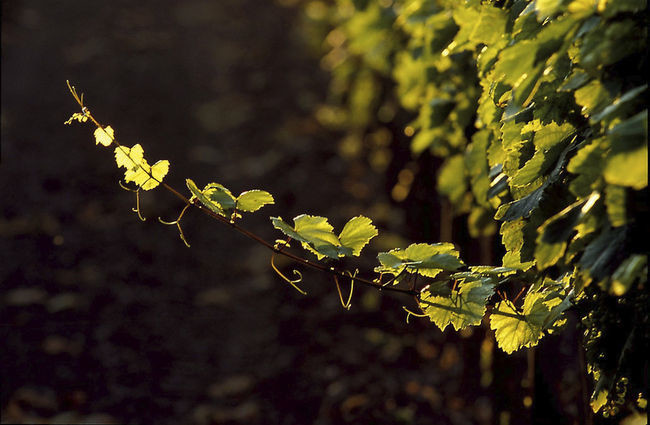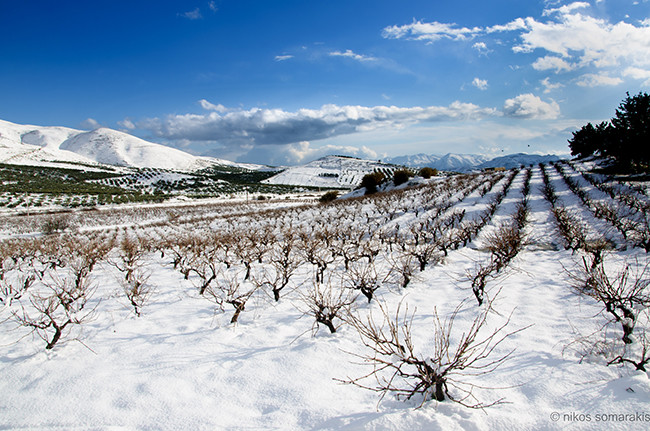Peloponnese: stunning hill country
Spring is a wonderful time to visit Greece, when the countryside is in flower and before it gets too hot. In autumn the summer crowds have dissipated and it’s a more relaxing time to visit the monuments and vineyards alike.
 Image: Monemvasia 2003 by Ingo Mehling and adapted under Creative Commons Attribution-Share Alike 3.0 Unported licence.
Image: Monemvasia 2003 by Ingo Mehling and adapted under Creative Commons Attribution-Share Alike 3.0 Unported licence.
Accessibility is on your side as there’s no need to take a ferry to an island. Island holidays may be romantic, but as the Greeks will tell you, the ferries are becoming more expensive and their quality is falling. It’s much easier to pick up a car and take the highway out of Athens over the Corinth Canal.
In half an hour the first hills come into view. The region has seven mountains of 2,000m or more. Drive towards Nafplio, a favourite weekend spot for Athenians, and you are in Nemea, home to the red grape variety St George, or Aghiorghitiko – Greece’s most widely planted red. Its small, thick-skinned berries give rich, red fruits and some spiciness. It works successfully as a rosé, as a Beaujolais Nouveau style, as well as blended with Cabernet Sauvignon to make a structured wine.
There’s plenty of talk about sub-regions in Nemea. Winemakers with vineyards in the hillside region of Koutsi claim it’s a cru, as do those on the Asprokambos plateau, at about 800m in altitude.
It would be easy to visit all the Nemean wineries in a day or two. Allow Nafplio to delay you with its shops, its Venetian fortification in the harbour, the beach at Tolo and its monuments, notably the ancient cities of Mycenae and Tiryns. I first visited Mycenae as a classics student. It astonished me back then, but the amount of archaeological discovery since is remarkable – try to get there as soon as the gates open to have the site to yourself.
West of Nafplio lies Mantineia, where the white Moschofilero variety dominates. As aromatic and delicate as its name suggests, it makes a relatively low-alcohol white that’s perfect drinking in a hot summer. Then continue past Tripoli and ancient olive groves to the Byzantine island citadel of Monemvasia. It’s breath-taking the way the tiny town clings to the side of the great rock. Legend has it that the Malvasia grape was named after the island and that the Venetian occupiers took the vines around the Mediterranean. The new appellation of Malvasia of Monemvasia (for sweet wines from sun-dried grapes aged at least two years in oak) began with the 2010 vintage, but no wines have been released yet.
 Image: Limeni-Bay Mani Peninsula, Peloponnese by Koppi2 and adapted under GNU Free Documentation License.
Image: Limeni-Bay Mani Peninsula, Peloponnese by Koppi2 and adapted under GNU Free Documentation License.
Tempting tavernas
Enjoy the local wines in a taverna, accompanied by a savoury pastry filled with wild greens, or a pork casserole with a lemon and potato sauce. This region has a selection of grape varieties of its own, including the golden Kidonitsa (‘little quince’), Asproudi (‘little white’) and red Mavroudi (‘little black’).
From here, you can either return to Athens, or take the dramatic road over the Taygetos mountains to the west coast via Kalamata. There’s a great opportunity to discover the windy, coastal vineyards being revived. Visit the historic fishing village of Pylos and the unspoilt almost circular Voidokilia (‘bull’s belly’) beach.
If you have time to enjoy a few more days here, drive north towards Pyrgos, making a detour to the Temple of Apollo at Bassae. The Mercouri Estate (www.mercouri.gr) offers a warm welcome and is interesting for its Italian varieties including Refosco and Ribolla Giala. Continuing north brings you to Mavrodaphne and Muscat of Patras – vins doux and vins doux naturels. Mavrodaphne is one of the most well-known names of Greece, but – like Retsina – not always for the best reasons. Worth a detour is Antonopoulos near Patras, with its successful blends of native and international varieties.
Spring is a wonderful time to visit Greece, when the countryside is in flower and before it gets too hot. In 2014 the Greek Orthodox Easter coincides with ours, on 20 April. In autumn the summer crowds have dissipated and it’s a more relaxing time to visit the monuments and vineyards alike.
Translated by Sylvia Wu / 吴嘉溦
All rights reserved by Future plc. No part of this publication may be reproduced, distributed or transmitted in any form or by any means without the prior written permission of Decanter.
Only Official Media Partners (see About us) of DecanterChina.com may republish part of the content from the site without prior permission under strict Terms & Conditions. Contact china@decanter.com to learn about how to become an Official Media Partner of DecanterChina.com.



Comments
Submit